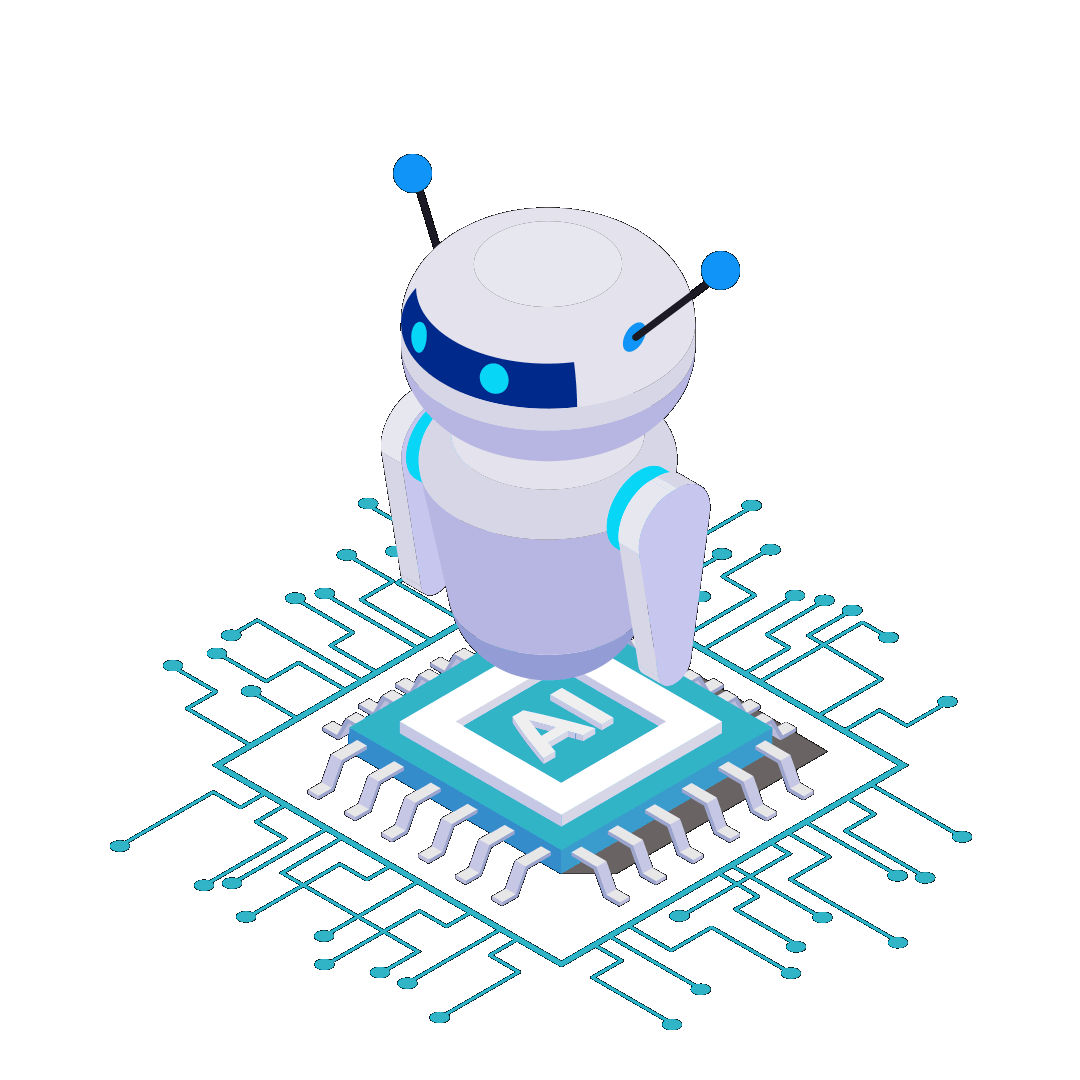Artificial Intelligence is either thought of as a Panacea or the great job destroyer. I believe we are witnesses the next revolution in the interconnected world wide web.
Right now, we are in the evolutionary stages. User Experience Designers need to be at the forefront in the creation of AI models.
For example: it is paramount that designers, advocating for end-users look towards the opportunity and application of the technology that solves pain-points for human beings, not simply following a early trend, such as Web3.
Designer, is a limiting term, UX and product professionals are more akin to applied-technology-centric behaviorists. This worldview is a system-level of thinking. Meaning the user’s mental model and domain context is how the interaction takes place. Now the experience itself is within the robotic intelligence.
Looking at LLMs and image generators, these are Reactive Machine AI and Limited Memory AI, these are surface-level time savers. Basically faster ways to develop flows, concept art, or return search queries. To have these be the UX is limiting both UX and AI. Augmentation to the human is key until AI can move into a theory of mind. Then we will move beyond assistant to automation.
Design itself needs to be at the strategy-level when framing the usage of AI into an application or the AI as the model. Right now we have seen AI hallucinating. For example Rabbit, Googe’s new AI returning glue upon pizza, or even ChatGTP giving users falsehoods. Human beings have the spark of imagination, they need to not only be within the loop of the workflow but the actual overseer of it. The balance between automation & control will be an ongoing theme in experience design. Sometimes we give users control to build trust. Trust should be and needs to be a guiding principle going forward.
Right now in the design space AI can help with:
- Automation: AI can automate repetitive tasks like data analysis and user research synthesis, freeing up time for more creative work. This allows designers to focus on higher-level design challenges and strategic thinking. AI increases knowledge-worker productivity by around 40%.
- Personalization: AI allows for more personalized user experiences. By analyzing user behavior and preferences, we can create tailored interactions that better meet individual needs. Combining human judgment and direction with raw AI wild creations, ideation is free.
- Efficiency: AI can speed up the design process by generating design suggestions based on data patterns and previous successful designs, helping to iterate quickly and effectively. The full UX process will be covered, faster.
Some of the problems are:
- Over-reliance: Depending too much on AI can stifle creativity and human-centered design. It’s essential to balance AI-driven insights with human intuition and empathy.
- Bias: AI systems can perpetuate existing biases in data. Designers must be vigilant in ensuring that AI outputs are fair and inclusive.
- Complexity: Integrating AI into the design process can be complex and requires a new set of skills. Continuous learning and adaptation are crucial.
Regarding the specificity of the UI/UX title as a profession. Design AI is going to replace a lot of workflows that UI/UX designers spend hours building out. When you look into the day-to-day of UX or product designer’s work – those professionals are spending a lot of their time getting buy-in from stakeholders, aligning on goals, KPIs/OKRs, and thinking creatively for solutions that live outside of interfaces.
There is a need for people to accomplish the goals that human beings come up with. The profession is to solve problems for real-life human’s using technology.
Right now, AI returns what has been made, it doesn’t create from a zero-point, yet. In my opinion, the best people for solving people’s problems are entrepreneurially minded product designers.
